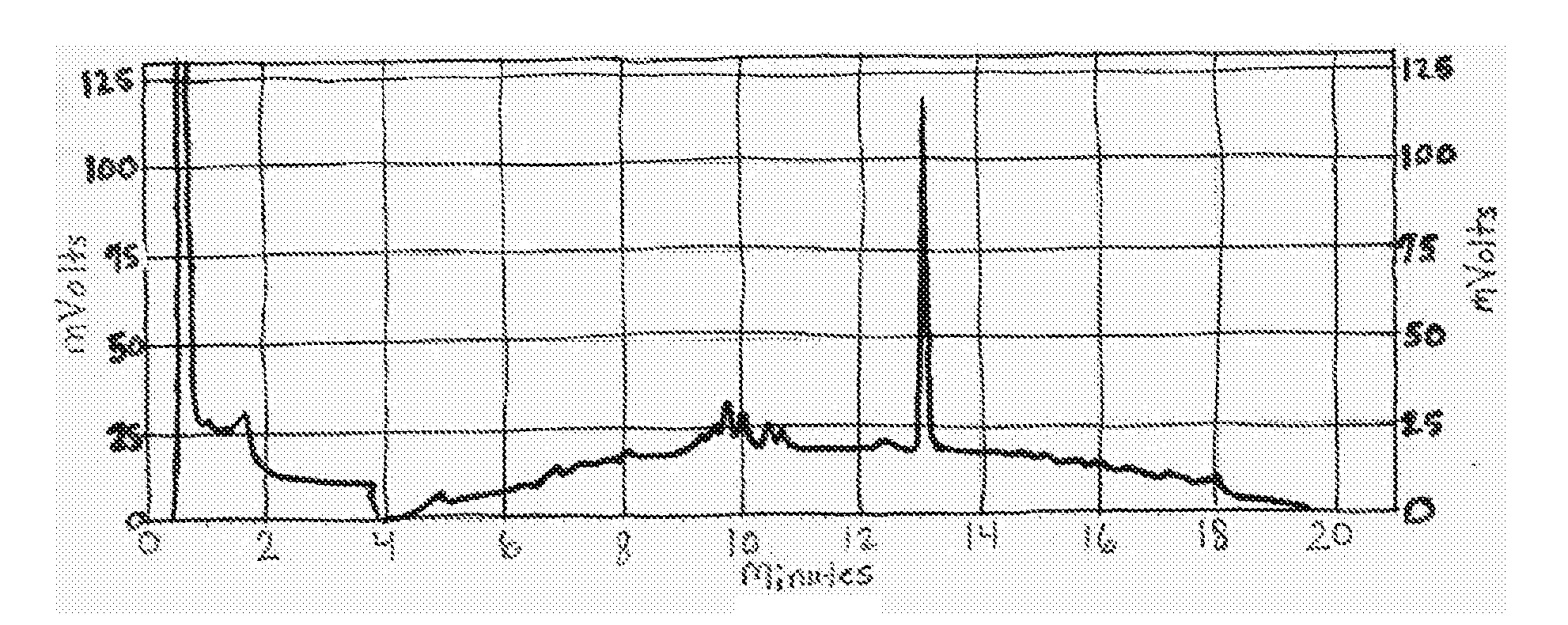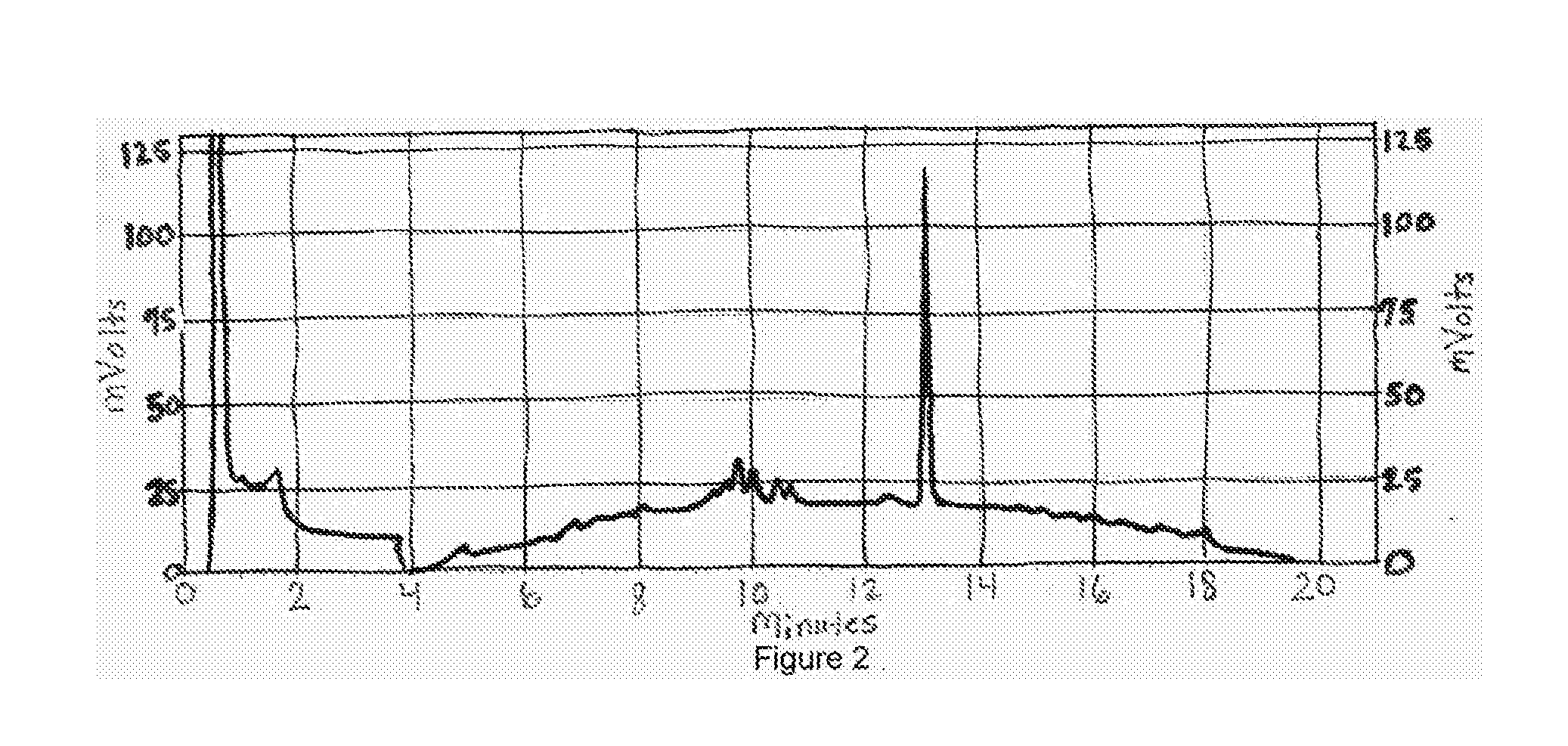Reduction of the Deleterious Effects of Tobacco Smoking by the Induction of Phase 2 Enzymes by Nerf2
a technology of nerf2 and enzymes, applied in the field of tobacco treatment, can solve the problems of compensatory oxidative stress or even oxidative damage, dna damage, etc., and achieve the effect of inhibiting or reducing the deleterious effects in a human body
- Summary
- Abstract
- Description
- Claims
- Application Information
AI Technical Summary
Benefits of technology
Problems solved by technology
Method used
Image
Examples
example 1
[0027] The rat tracheal epithelial (RTE) cell focus inhibition assay was used to identify potential chemopreventive activity of tanshinone IIA. Tanshinone IIA was evaluated for its ability to inhibit benzo[a]pyrene-induced transformation of RTE cells. Tracheal epithelial cells were isolated from 8-12 week-old male Fisher 344 rats and plated on collagen coated dishes. Initially, a nontoxic concentration of tanshinone IIA was determined by treating RTE cells with a range of 1.5 nM to 3000 nM of tanshinone IIA. Tanshinone IIA at concentrations of 150 nM and below was found to be nontoxic to RTE cells. About 10% cells survived at a concentration of 1500 nM. Freshly isolated RTE cells were exposed to benzo[a]pyrene alone or in combination with tanshinone IIA. Benzo[a]pyrene was washed out after an exposure of 24 h. The maximal non-toxic concentration and four half log concentrations of tanshinone IIA (300 nM to 3 nM) were used for the chemopreventive assay. After 30 days in culture, tran...
example 2
[0028] The same experiment is repeated except the administered dosage of the inhibitor of oxidative stress is delivered via the inhibitor applied to a tobacco sample which is in tern burned in the presence of cells. The results of the experiment are similar to example one and indicate this method of administration is effective to deliver an effective amount of inhibitor of oxidative stress to a mammal.
[0029] The tobacco was removed from a cigarette and weighed. Then, SP2010 and / or SP001P in chloroform (1 mg, 0.4 mg, and 0.02 mg) were added to the tobacco. The volume of chloroform was kept under 200 μL to ensure complete adherence to the tobacco. The material was dried, and the tobacco was repacked into the cigarette. The cigarette was loaded into a standard smoking machine and smoked. After smoking, both the filter and condensate were collected and dried. The condensate and filter samples were analyzed by HPLC (Shimadzu AHT2010) using water / methanol gradient, with a C18 reverse pha...
PUM
 Login to View More
Login to View More Abstract
Description
Claims
Application Information
 Login to View More
Login to View More - R&D
- Intellectual Property
- Life Sciences
- Materials
- Tech Scout
- Unparalleled Data Quality
- Higher Quality Content
- 60% Fewer Hallucinations
Browse by: Latest US Patents, China's latest patents, Technical Efficacy Thesaurus, Application Domain, Technology Topic, Popular Technical Reports.
© 2025 PatSnap. All rights reserved.Legal|Privacy policy|Modern Slavery Act Transparency Statement|Sitemap|About US| Contact US: help@patsnap.com



